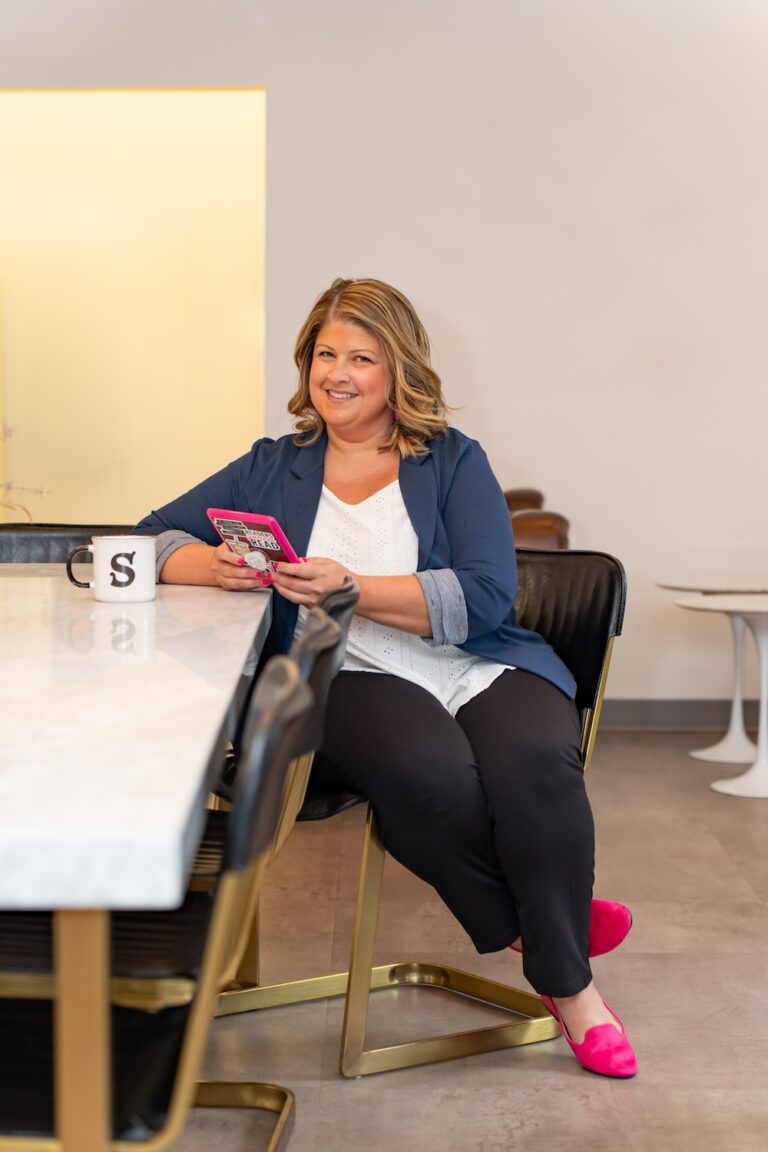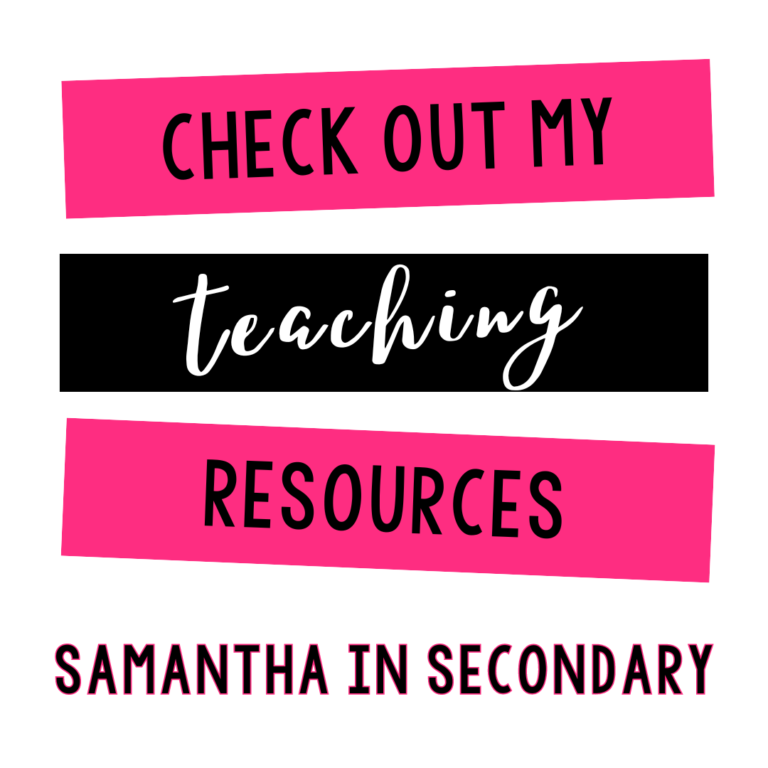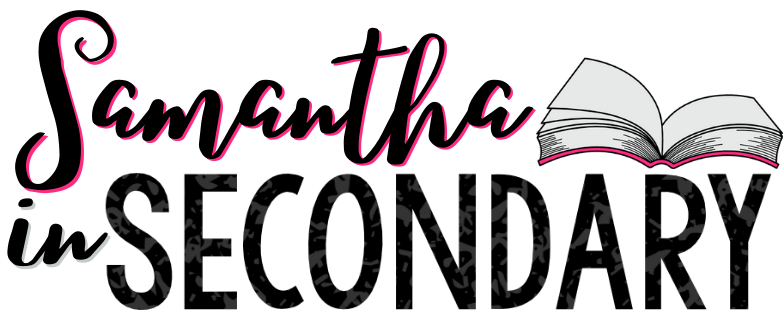It’s hard to be in education right now. Anyone who has been inside of a school lately knows that it is not for the faint of heart. Teachers currently need more support than ever. This includes having tried-and-true strategies and relevant resources ready to implement so that you can feel confident and successful in helping students become joyful readers. Today’s episode is going to talk all about how this podcast is going to help.
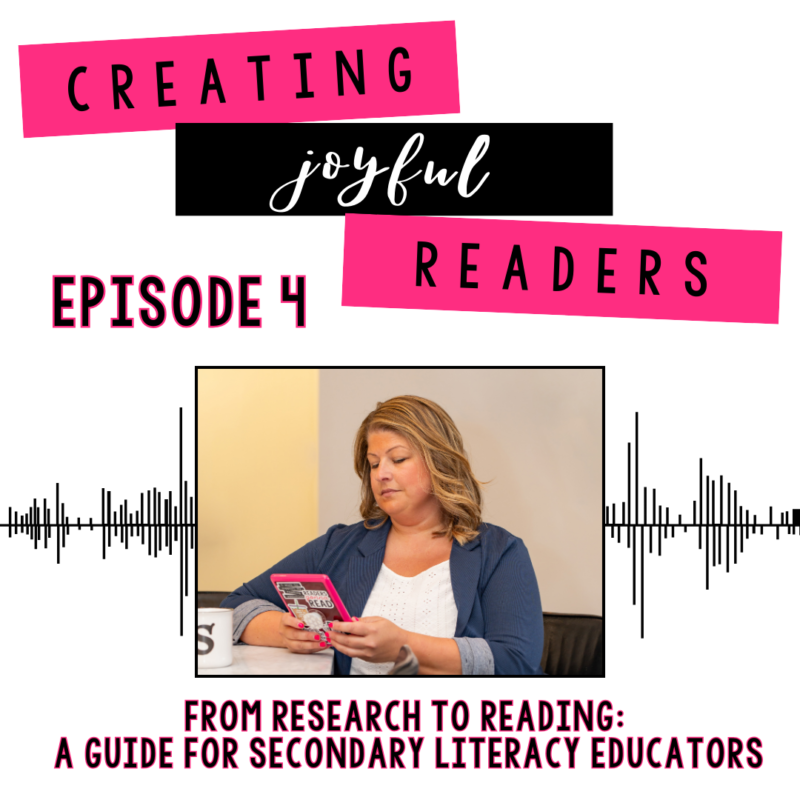
Links & Resources:
Some links referenced here are affiliate links. Supporting the podcast through these links comes at no additional cost to you.
Prefer to read? Open the transcript here.
Samantha 0:00
It’s hard to be in education right now. Anyone who has been inside of a school lately knows that is not for the faint of heart. Teachers currently need more support than ever. This includes having tried and true strategies and relevant resources ready to implement so that you can feel confident and successful and helping students become joyful readers. Today’s episode is going to talk all about how this podcast is going to help.
Samantha 1:05
Welcome back to Creating Joyful Readers. Today, we’re talking about how this podcast is going to help you transform your teaching practice this year. Maybe you’re a brand new teacher and excited for the year to come. Or maybe you’ve been at it for a while and can use some fresh inspiration. There will be something here for everyone.
Samantha 1:22
As we discussed in episode one, we have a literacy crisis in this country. Reading scores are declining as we speak. If you haven’t checked out the findings from the National Assessment of Educational Progress, you can find the details at Nation’s Report Card.gov. The main takeaway is that two thirds of America’s fourth and eighth graders are not proficient in reading. And the numbers are even more staggering for marginalized communities. I know that I don’t need to tell you this because you can see it every day in your classroom. But hearing it out loud is still startling.
Samantha 1:55
The question is, what are we going to do about it? Whose problem is it? In short, I think it’s everyone’s problem to solve. English language arts teachers are not solely responsible for teaching kids to read. Everyone needs to participate: teachers of all content areas, administrators, parents and the students themselves. This issue isn’t going to be resolved overnight. But there is hope we have to start where we are with what we have. You may not advance students multiple grade levels in one year, but you can give them consistent exposure to text that will help them move the needle on their own individual progress.
Samantha 2:32
As we continue to spend time together through this podcast, I’m going to introduce you to many of my instructional strategies that I believe will make a world of difference in your classroom. For example, I’m a huge fan of a consistent high interest close reading routine. This should supplement your regular curriculum to work on remediating skills that are sorely lacking in our students. Annotation, summarizing, creating main idea statements, acquiring new vocabulary, answering all levels of reading comprehension questions, and writing. I developed a simple, straightforward, close reading routine that I used for years in my own classroom and have first hand experience with success.
Samantha 3:11
I’ve tried a lot of different close reading systems in my career and the truth is, most of them are too convoluted to actually be effective. The students have no idea what they’re supposed to be doing because the process takes too much time to teach so they’re not spending time actually engaging with the text. I believe my system is effective because it’s short, sweet, and allows room for differentiation as students advance. I’ll talk about it more in future episodes. But if you want more information now you can head to my blog at Samantha in secondary.com and search for close reading.
Samantha 3:43
I’m not saying that this routine is going to solve the literacy crisis but I do wholeheartedly believe that it can serve as an important tool in your toolbox to help students be successful in your classroom. Having effective tools is so important because not only does it help students, but it allows teachers to see ways they can also be successful. I know how helpless it can sometimes feel to be a teacher in today’s classroom and strong routines that get measurable results can certainly help.
Samantha 4:12
What about the kids who are reading on grade level, but say they don’t want to read at all? We’re going to work through that issue too. You see photos of elementary students all gathered on the carpet reading a book together – none of those kids look like they hate reading. Somehow between the carpet days and high school students develop the idea that reading isn’t something that is worth their time.
Samantha 4:34
This is what we need to work on. Sure, you might not change their minds over the course of one school year but you can sure chip away at their indifference. Secondary students don’t get the chance to experience wonder as much as the younger kids. They don’t get to engage in the joy of storytelling and the same way as elementary students. We need to change that. We’re going to bring back the joy of reading with a little bit of whimsy and a laser focus on connecting students with books that will reignite their love for reading. You know when you’re reading the perfect book at just the right time? It’s magical! We’re going to help your students tap into that feeling by giving them a chance to connect with different genres and allow them a choice in what they read. We’re also going to implement high quality, high interest projects that will help them show what they know and a fresh fun way without sacrificing the rigor.
Samantha 5:24
Consider me your new reading bestie popping into your earbuds each and every Monday. I’m going to give you actionable tools and strategies to try in your classroom so you can start tipping the scales back towards students who love to read. I’m going to bring you up to date book recommendations that you can grab on your weekly trip to Target. These aren’t the dusty titles that have been sitting in your disorganized book room for the past 15 years. I will tell you all about the books your students don’t even realize they would love because they’re busy watching the TV show. You’re going to show them that all of the best TV shows start as books.
Samantha 5:57
Roald Dahl said, “Books shouldn’t be daunting. They should be funny, exciting, and wonderful. And learning to be a reader gives a terrific advantage.”
Samantha 6:06
I’m so excited to bring you fresh ideas and perspectives to help your students discover their love of reading. Tune in every Monday as we navigate the road to creating joyful readers together. Because once your students see how wonderful books can be, they’re going to realize that they aren’t so daunting after all. I’ll see you next week with more. Happy reading.
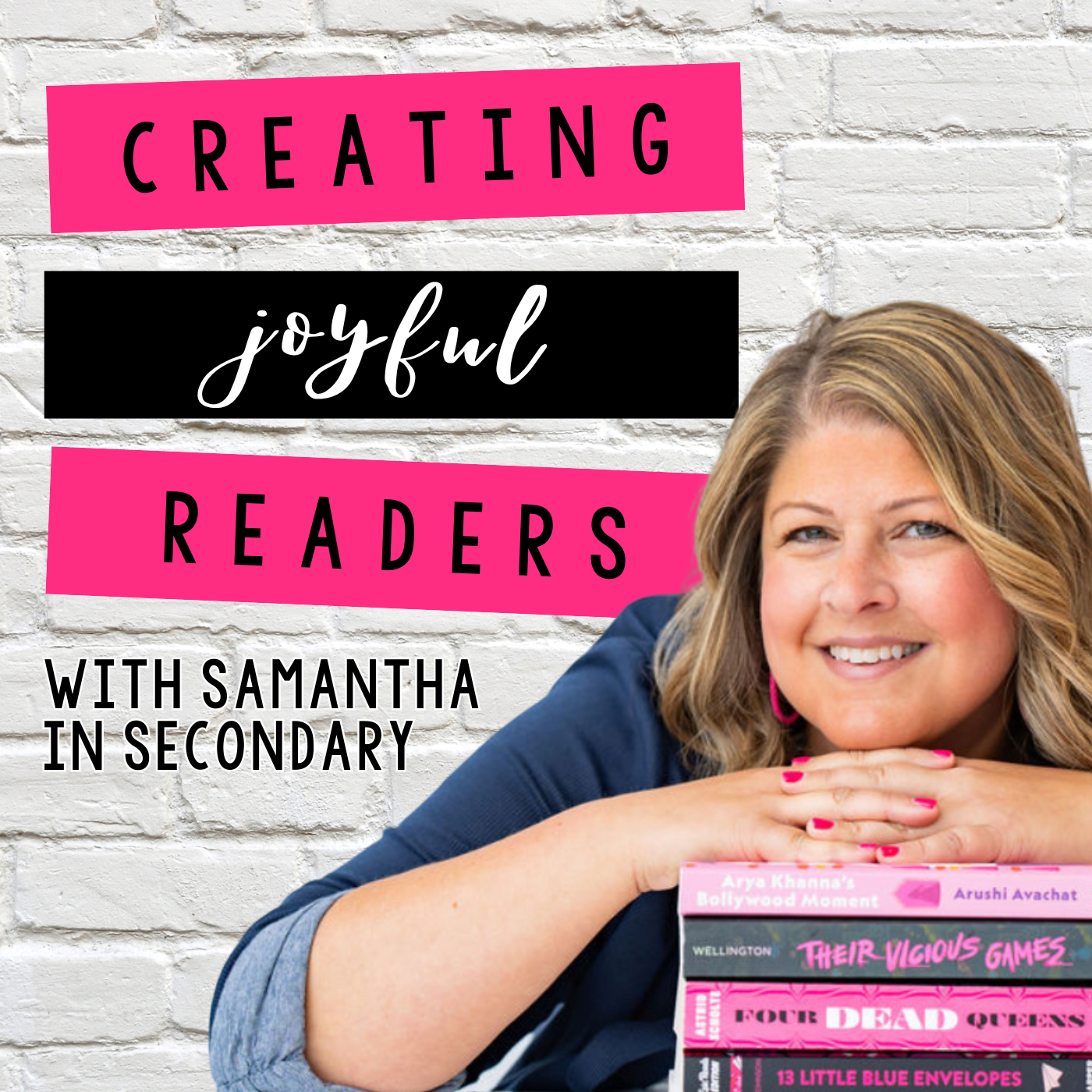
The Podcast
Creating Joyful Readers
It is possible to inspire a lifelong love of reading in secondary ELA students and that’s what the Creating Joyful Readers podcast is all about.
Join us every Monday as we dive into the latest in literacy research, talk about fresh Young Adult book recommendations, and chat fresh strategies to motivate your secondary students to love reading again.
Meet Your Host
Welcome! I’m Samantha, a veteran educator with 15 years of classroom experience and a Masters in Education, dedicated to transforming how students experience reading. My passion lies in empowering ELA teachers to foster joyful, independent readers in their classrooms.
Through this podcast, I’ll share the latest literacy research, practical tips, creative project ideas, and fresh book recommendations, all designed to help you ignite a love for reading in your students and make reading a delightful adventure, not a chore.
